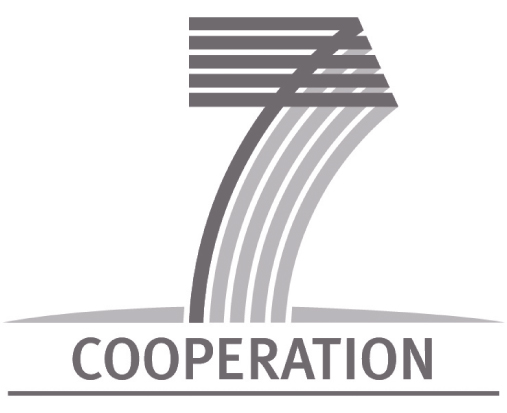


|
About: The aim of the SPARD project is to develop a modelling tool that will help policy-makers to understand the causal relationships between rural development measures and their results in a spatial dimension. Based on spatial-econometric analysis it will include ex-post evaluation options and the possible extension to ex-ante assessment with the purpose of giving support to the planning of targeted RD policies, programmes and measures. The project will compile a well-structured database, to organise both indicators from the Common Monitoring and Evaluation Framework (CMEF), distinguishing input, output, result, impact and baseline indicators, and other data specifically used by the RD management authorities in the Member States (MS), and extrapolate missing indicator values. This requires a procedure to standardize the utilisation of results amongst users at different levels. The emphasis of the project will be the development of an analytical framework that considers characteristics and needs of target areas and target groups. The key task of the project is to develop a quantitative model, using spatial econometric modelling. This will allow the identification of causal relationships of RD policy implementation. In this manner the cost-effectiveness of RDPs can be analysed in their spatial dimension. Evaluations/assessments of selected policies and measures and their impacts will be made at the EU-27 scale. Furthermore it shall be demonstrated that the methodology is feasible at different scales of application and levels of data aggregation. Validation of the modelling framework will be carried out in 5 case study regions: Brandenburg (DE), North Holland (NL), Emilia Romagna (IT), Midi Pyrénées (FR) and Eastern Slovenia (SI). The end product of SPARD will be a multiple-option and variable-scale DSS tool capable for use in horizontal and vertical evaluations. As a collaborative project, SPARD will make efforts to broaden the proved expertise of the consortium by integration of stakeholders, external experts and end-users in the overall process. SPARD is organised in six thematic work packages. |
|
| WP1 Management and co-ordination | |
| Leader: Annette Piorr, ZALF, Germany: apiorr@zalf.de | |
The objectives of WP1 are related to project management, coordination and dissemination, namely
|
|
| WP2 - Knowledge- and Data Base | |
| Leader: Wolfgang Loibl, AIT, Austria: Wolfgang.Loibl@ait.ac.at | |
The objective of WP2 is to provide an information infrastructure for RDP performance evaluation containing CMEF indicators and additional ones from national RD management authorities. The main tasks refer to
|
|
| WP3 Analytical framework for causal and spatial relationships | |
| Leader: Sandra Uthes, ZALF, Germany: suthes@zalf.de | |
General objective of WP3 is to develop the conceptual model framework. The specific objectives are
|
|
| WP4 Development of a Spatial Econometric Model for RDP Analysis | |
| Leader: Stijn Reinhard, LEI, The Netherlands: Stijn.Reinhard@wur.nl | |
Objective of WP2 is the model development at the relevant scales NUTS 0 - NUT2 - NUTS3. Specific Tasks refer to
|
|
| WP5 Validation in Case Studies Areas | |
| Leader: Davide Viaggi, UniBologna, Italy: davide.viaggi@unibo.it | |
| In WP5 the validation will be carried out in 5 case study areas at the main programming level (i.e. the level in which Rural development plans are designed). The selected case study areas are Brandenburg (NUTS 1, Germany), North Holland (NUTS 2, The Netherlands), Emilia Romagna (NUTS 2, Italy), Basse Normandie (NUTS 2, France) and Eastern Slovenia (NUTS 2, Slovenia). | |
The objective of WP5 is to prove the
|
|
| WP6 End-User Involvement and SPARD-Decision Support System | |
| Leader: Sergio Gomez-Y-Paloma, JRC-IPTS, Spain: Sergio.GOMEZ-Y-PALOMA@ec.europa.eu | |
Ojective of WP6 is to develop the stand-alone modelling tool SPARD-DSS incl. a Graphical User Interface (GUI) that allows end users to conduct ex-post evaluations and ex-ante assessments to demonstrate CMEF indicators at different spatial scales, causal relationships at horizontal cross-country and vertical in-depth level. Specific objectives are
|








